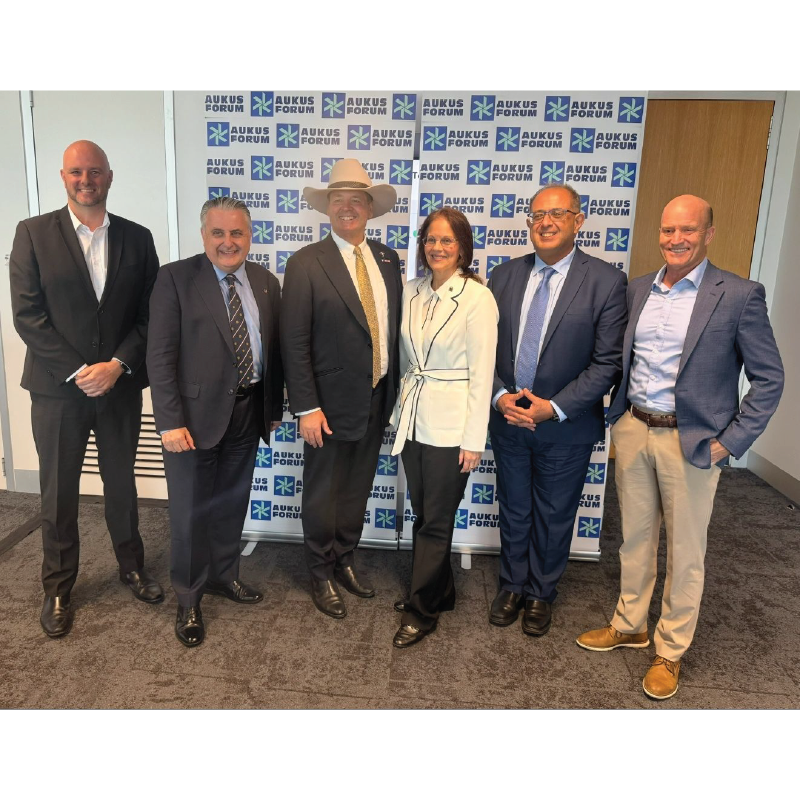News Story
Akin, Jacobs Develop Morphing Upper Torso Spacesuit

The suit is being developed by the Space Systems Laboratory, which Akin directs, and ILC Dover LP, a company specializing in engineering softgoods products. It is being tested in the university's neutral buoyancy tank.
The soft pressure garment can be dynamically reconfigured to tailor its shape properties to the wearer and the desired task set. The upper torso consists of a helmet ring, waist ring and two shoulder rings in a system of four interconnected parallel manipulators with tensile links. This configuration allows the dynamic control of both the position and orientation of each of the four rings, enabling modification of critical sizing dimensions such as the inter-scye distance, as
The morphing upper torso’s light weight, resizability, and dynamic reconfigurability makes it appealing as a candidate for a next-generation planetary exploration suit. Jacobs noted that the suit should be less unwieldy than today's suits and allow astronauts to be more efficient, both during spacewalks and in planetary exploration.
"Our research shows that of the physical work astronauts actually do on a spacewalk, only one-quarter of it is mission related. The rest goes into just moving the spacesuit around," says Akin.
Robotic actuators are also being applied to the suit's gloves. The suit also includes new visual aids in the form of stereo LCD spectacles and an in-helmet video screen. The LCD glasses can show augmented reality imagery.
See news stories about the suit online at New Scientist and Asian News International.
Published December 7, 2009














